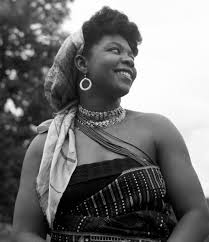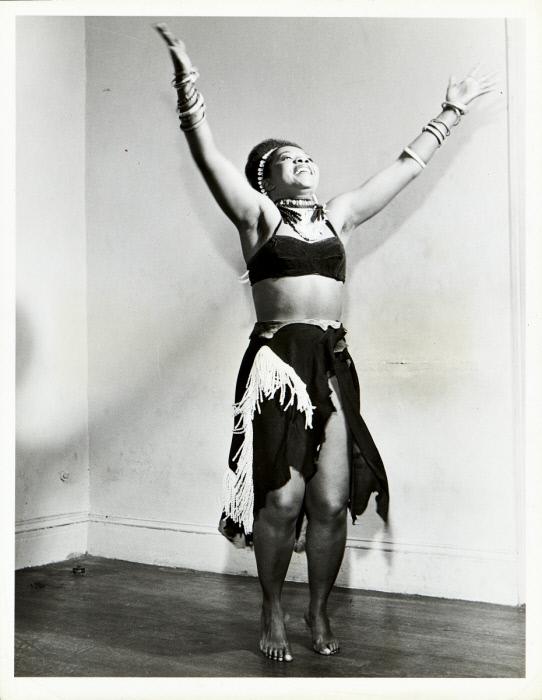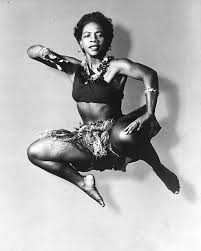This Black History Month, we celebrate Pearl Primus, a visionary artist who transformed dance into a powerful instrument for social change. Her journey, born in Trinidad and Tobago and shaped by the realities of racial discrimination in the United States, is a testament to the resilience of the human spirit and the transformative power of art.
Raised in the neighborhoods of Manhattan and Brooklyn, Pearl excelled in both academics and sports at P.S. 94, P.S. 96, and Hunter High School. From a young age, her talents in intellect and performance were evident. After completing a gifted program at her high school, Primus chose to stay in New York City. She enrolled at Hunter College, where her studies focused on biology and pre-medical sciences. In 1941, she obtained her Bachelor of Science degree. She later earned her Master of Science degree in Psychology in 1943 from Hunter College. Ultimately, Primus received her doctorate in anthropology, concentrating on African and Caribbean cultures, from New York University in 1978. The university permitted her to present her dissertation through dance.
After graduating in 1941, Pearl Primus pursued various roles, such as a medical researcher, to advance her medical career. She aimed to enroll in medical school at Howard University, a historically Black institution of higher education located in Washington, D.C. However, due to racial discrimination, she was unable to obtain any positions, not even as a laboratory technician, within her field of study. To make ends meet, she took on several jobs, including those of a welder, a switchboard operator, a burner, a riveter, and a health teacher, until the National Youth Administration (part of the Works Progress Administration) gave her a job in the wardrobe department in 1941, working backstage for “America Dances.”

When a position became available for a dancer, Primus stepped in and quickly realized her innate talent for movement and engaging with the audience. After the NYA program ended, she tried out for a scholarship at the New Dance Group, where she became their first African-American student. The faculty, which included Jane Dudley, Sophie Maslow, Nona Schurman, and William Bales, significantly impacted Primus by emphasizing the use of dance as a means for social change. She subsequently studied ballet and soon joined the NDG performance company as a dancer.
Through the medium of dance, the company allowed the marginalized to express themselves. Their meticulously researched and beautifully choreographed shows served as physical protests against societal and political injustices.

For several years afterward, she worked as a professional solo dancer and with various dance groups. Throughout this period, she explored topics related to the African Diaspora, blending insights gained from primary and secondary sources, museums, and art into her dance performances.
In 1943, Primus took the stage at Madison Square Garden during the Negro Freedom Rally in front of over 20,000 attendees. In 1944, Pearl Primus established her own dance troupe, known as the Pearl Primus Dance Language Institute, and began touring across the country. She made her way to the American South to assist those in need and to conduct research on the impact of prejudice, discrimination, and oppression. By collaborating with Black sharecroppers, picking cotton, and, as noted in The Scribner Encyclopedia of American Lives, “raveling on Jim Crow trains, worshiping in (over seventy) Black churches, and enjoying traditional southern meals,” she began to connect with their struggles.

For those unfamiliar with Pearl Primus, her life story reads like a master class in resilience. From Trinidad to the bright lights of New York, from pre-med labs to dance floors, she remained steadfast in her mission: to expose and dismantle prejudice through the universal language of movement. Even today, her work resonates as a powerful reminder that dance can be both a form of creative expression and a catalyst for social change.
